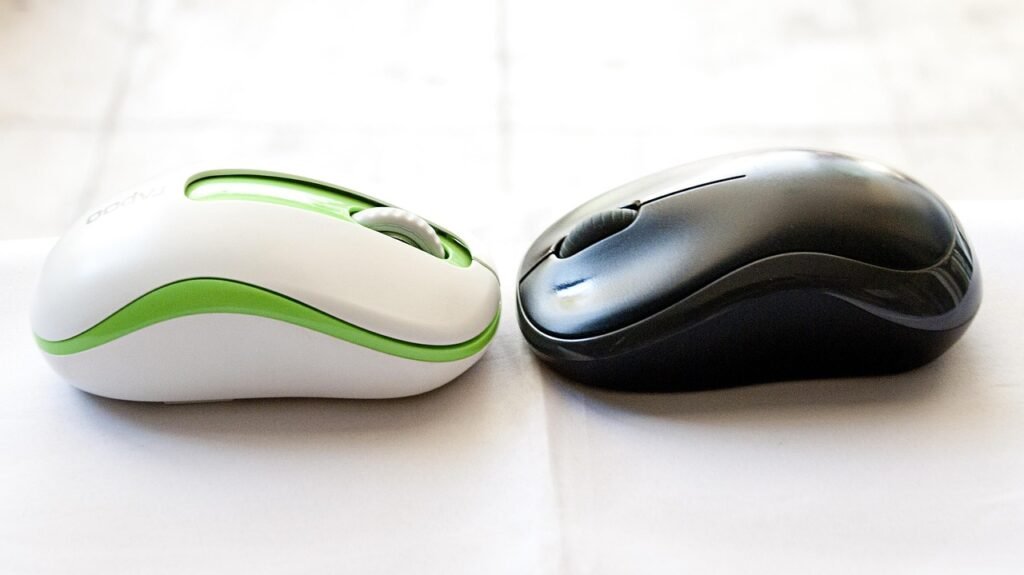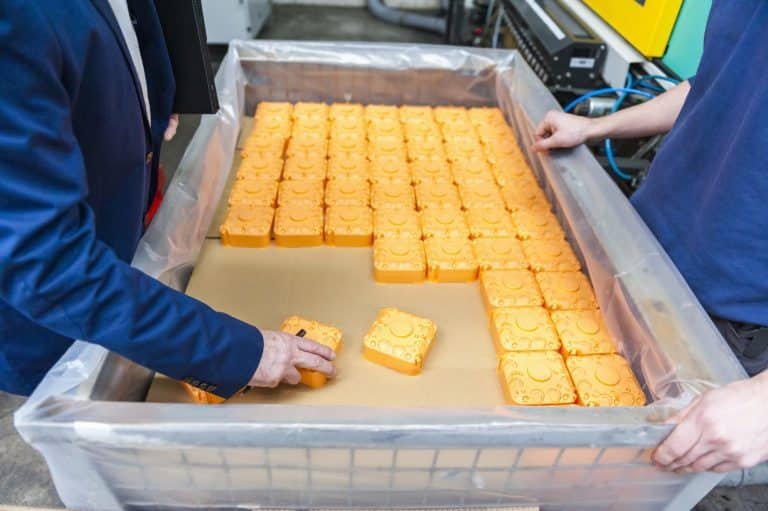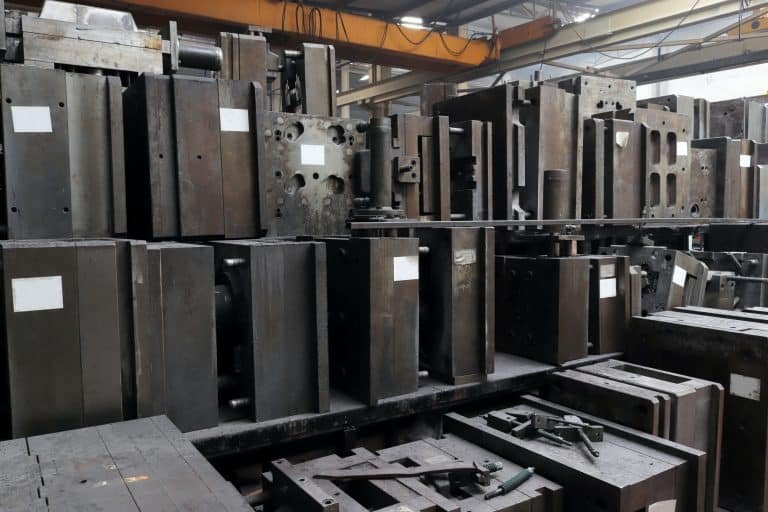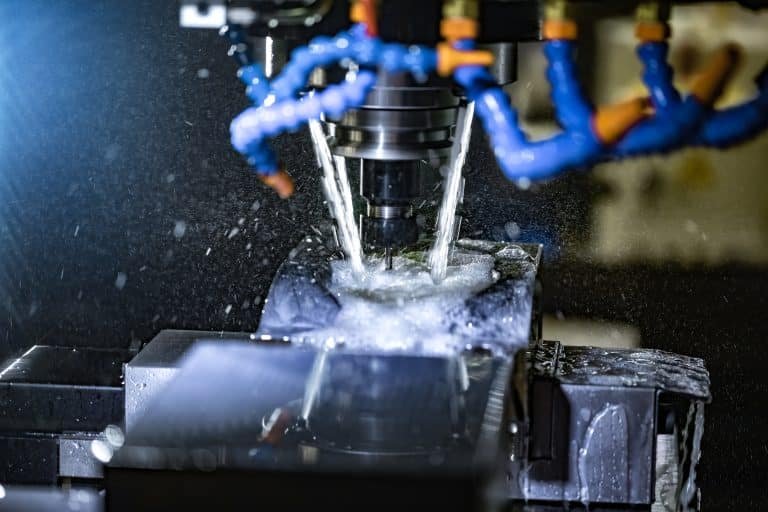The stainless steel has become one of the most common materials in many industries due to its durability, corrosion resistance, and versatility. The two most popular types of stainless steel grades are 304 and 316. Although they look alike, their differences are quite important when it comes to suitability for certain applications. This article compares 304 and 316 stainless steel — their properties, advantages and uses — to help you select the right material for your project.
What is 304 Stainless Steel?
304 stainless steel is an austenitic steel with 18%chromium and 8%nickelin weight, making 304 steel one of the most common stainless steels. Because of its great resistance to corrosion, low price, and versatility, it is sometimes known as 18/8 stainless metal.

304 Stainless Steel: Properties, Fabrication and Applications
- Corrosion Resistance: Stainless Steel 304 is corrosion-resistant in a wide range of environments, including atmospheric conditions and mild acids.
- Strength and Durability: Tensile strength of about 515 MPa (megapascals), making it durable for most applications.
- Machinability: 304 stainless steel is easy to machine, weld, and form, making it cutting-edge for manufacturing processes.
- Non-Magnetic: 304 stainless steel is typically non-magnetic in the annealed condition.
Typical Uses of 304 Stainless Steel
304 stainless steel is most commonly used in:
- Kitchen fittings including sinks, work surfaces, and appliances.
- Input: Food and beverage processing equipment
- Applications for architecture like railings, cladding, and facades.
- Automotive components.
- Household items such as cutlery and cookware.
304 is the general purpose stainless of choice as it is inexpensive and has good oxidation resistance.
What is 316 Stainless Steel?
Another variety of austenitic stainless steel is 316 stainless steel, which is composed of 16–18% chromium, 10–14% nickel, and 2–3% molybdenum. The addition of molybdenum is quite significant to the corrosion-resistant capacity of the material, particularly against chlorides and marine environments.

Characteristics of 316 Stainless Steel
- Better Corrosion Resistance: 316 stainless steel is more resistant to pitting and crevice corrosion than other grades, making it ideal for use in environments that are rich in chlorides.
- Strength and Durability: Like 304, it features exceptional mechanical strength and durability.
- High-Temperature Endurance: The mechanical elements of 316 stainless steel are retained at elevated temperatures.
- Non-Magnetic: Similar to 304, it is non-magnetic in the annealed condition.
316 Stainless Steel Applications
Since 316 Stainless Steel is better for more demanding applications, it is often used when:
- Marine and coastal settings, including boat fittings and docks.
- Process equipment subjected to chemical corrosion.
- Biocompatibility: It is used for medical implants and surgical tools.
- Processing equipment for the pharmaceutical and food-grade that needs to have sanitary properties.
- Industrial piping systems and heat exchangers.
Key Differences Between 304 and 316 Stainless Steel
Although both 304 and 316 ss are austenitic and have similar properties, there are important differences that determine their use in different applications:
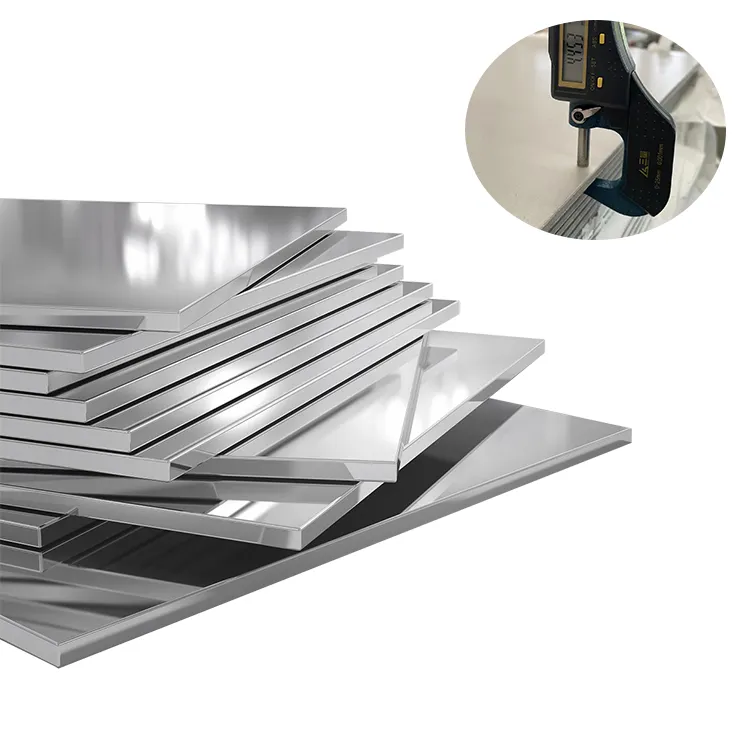
- Corrosion Resistance
304 and 316 stainless steel differ primarily in corrosion resistance.
- 304 Stainless Steel: Non-oxidizing and mildly acidic environment resistant, but chloride and salt exposure sensitive.
- 316 Stainless Steel: Adding molybdenum, it has excellent resistance to chlorides, salts, and other harsh chemical environments. This makes 316 suitable for marine and industrial applications.
- Composition
Their properties are heavily influenced by the different chemical compositions of the two grades:
- 304 Stainless Steel — 18% chromium and 8% nickel.
- 316 stainless steel: 16%–18% Cr, 10%–14% Ni, 2%–3% Mo.
316 stainless steel has molybdenum which provides added corrosion resistance, especially in chloride environments.
- Cost
304 stainless steel is less expensive compared to 316 stainless steel. This is why 316 is more expensive since molybdenum is added.
- 304 Stainless Steel: Economical for many uses.
- 316 Stainless Steel: More expensive, but necessary for specialty applications requiring superior corrosion resistance.
- Applications
Differences in corrosion resistance and cost dictate where each type of material is used:
- 304 Stainless Steel: A general-purpose alloy for less aggressive environments.
- 316 stainless steel (aka marine grade): This is used for many marine, chemical, and medical applications because it performs well in corrosive conditions.
304 vs 316 — Which Stainless Steel You Should Use?

Here are the benefits and use-case scenarios for 304 vs 316 stainless steel:
Choose 304 stainless steel when:
- You require an inexpensive matrix for general insulation applications.
- No chlorides or harsh chemicals are introduced to the environment.
Choose 316 stainless steel if you:
- We are going to expose the material to salt water, chlorides, or other corrosive agents.
- You’re looking for a high level of corrosion resistance for marine, medical, or chemical processing applications.
Conclusion
304 and 316 stainless steel are very durable, strong, and oxidation-resistant materials that are widely used in industries. While 304 offers a practical, economical choice for general applications, 316 stainless steel offers enhanced performance in more aggressive, corrosive environments. By learning the differences between these two grades, you can make an informed decision tailored to your specific needs and budget.
About BFY Mold
BFY Mold is a trusted leader in injection molding and mold manufacturing. With our state-of-the-art factory, we specialize in mass production, on-demand production, CNC machining, and mirror sparking. Our commitment to precision, quality, and efficiency ensures we deliver exceptional solutions for your manufacturing needs. Partner with BFY Mold for reliable and innovative manufacturing services.


